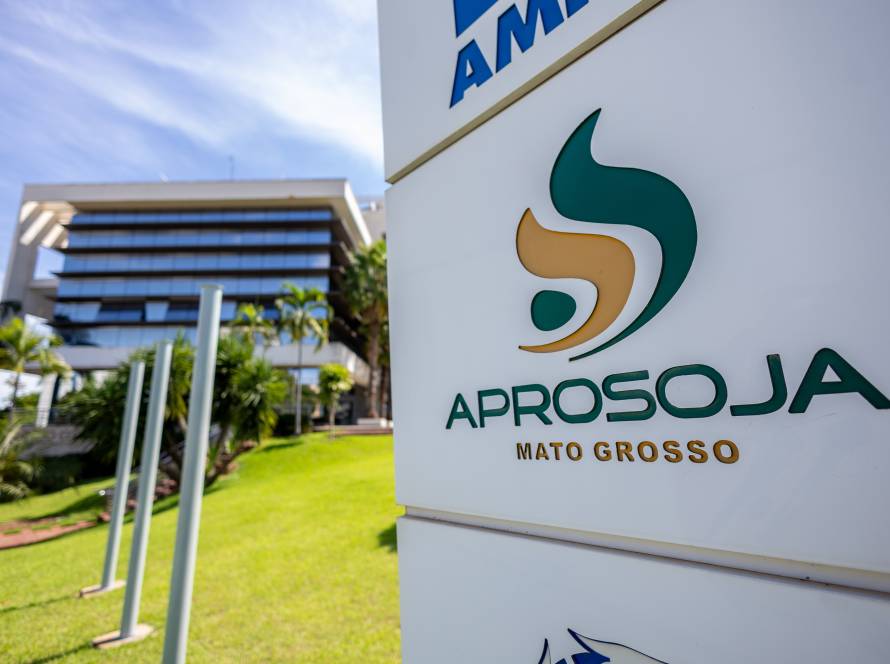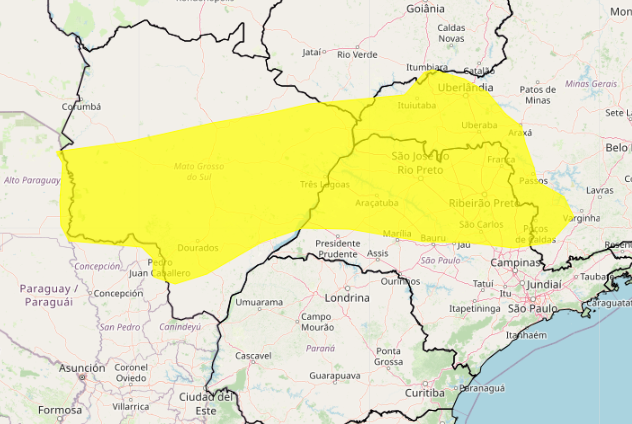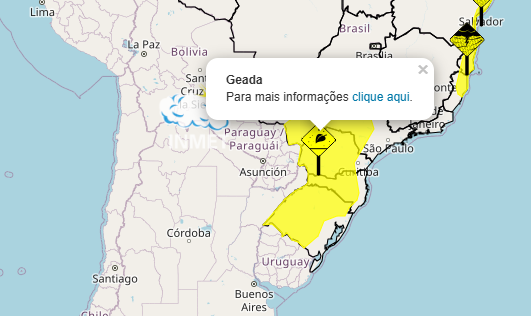The Goiás State Government, through the Secretariat of Agriculture, Livestock, and Supply (Seapa), has included tilapia for the first time among the products purchased under the Food Acquisition Program (PAA). The decision aims to stimulate the tilapia production chain in the state. The initiative expands the market, promotes food security, and strengthens family farming by integrating production and consumption strategically and sustainably.
For Seapa's director, Pedro Leonardo Rezende, the inclusion of tilapia in the PAA and the economic advancement of fish farming represent an important step in valuing producers and strengthening the industry in Goiás. "We're talking about a chain that generates jobs and drives agribusinesses. State support is essential to transform fish farming into a consistent source of income, productive inclusion, and regional development," he emphasizes.

Photo: Shutterstock
Statistical data show that tilapia production continues to grow in Goiás, boosting the state's fish farming sector. According to the 2023 Municipal Livestock Survey (PPM), published by the Brazilian Institute of Geography and Statistics (IBGE), 12,500 tons of tilapia were produced, representing an increase of 3.41 TP4T compared to the previous year.
Fish farming has a broad territorial reach, present in 176 municipalities and a leading region in the North, South, and Southwest of Goiás. Niquelândia, in the North, remains the largest state producer with 4,000 tons. In Inaciolândia, in the South of the state, production reached 1,500 tons in 2023, an increase of 9.1% compared to 2022. Quirinópolis completes the trio of leaders, with 1,500 tons produced.
In addition to favorable natural conditions, such as water availability and a favorable climate, the growth of the activity is a direct result of joint efforts between the government, producers, and agribusinesses. The state currently has 39 agribusinesses registered as fish warehouses or slaughterhouses, of which six are under the supervision of the Municipal Inspection Service (SIM), 28 are inspected by the State Inspection Service (SIE), and 5 are under the responsibility of the Federal Inspection Service (SIF).
Market

Photo: Disclosure/OPR Archive
Goiás has also seen significant growth in exports. In 2024, the state shipped 76.3 tons of fish, generating US$1,500 in revenue. In 2025, between February and May, the largest volume ever exported for the period was recorded: 30.9 tons. These figures demonstrate the expansion of Goiás' fish exports on the international market.
Goian productions
Information from the state's main agricultural supply chains is gathered in the 70th edition of Agro em Dados, Seapa's monthly newsletter, which this month highlights the strengthening of fish farming in the state. The publication is available for consultation by clicking here.




